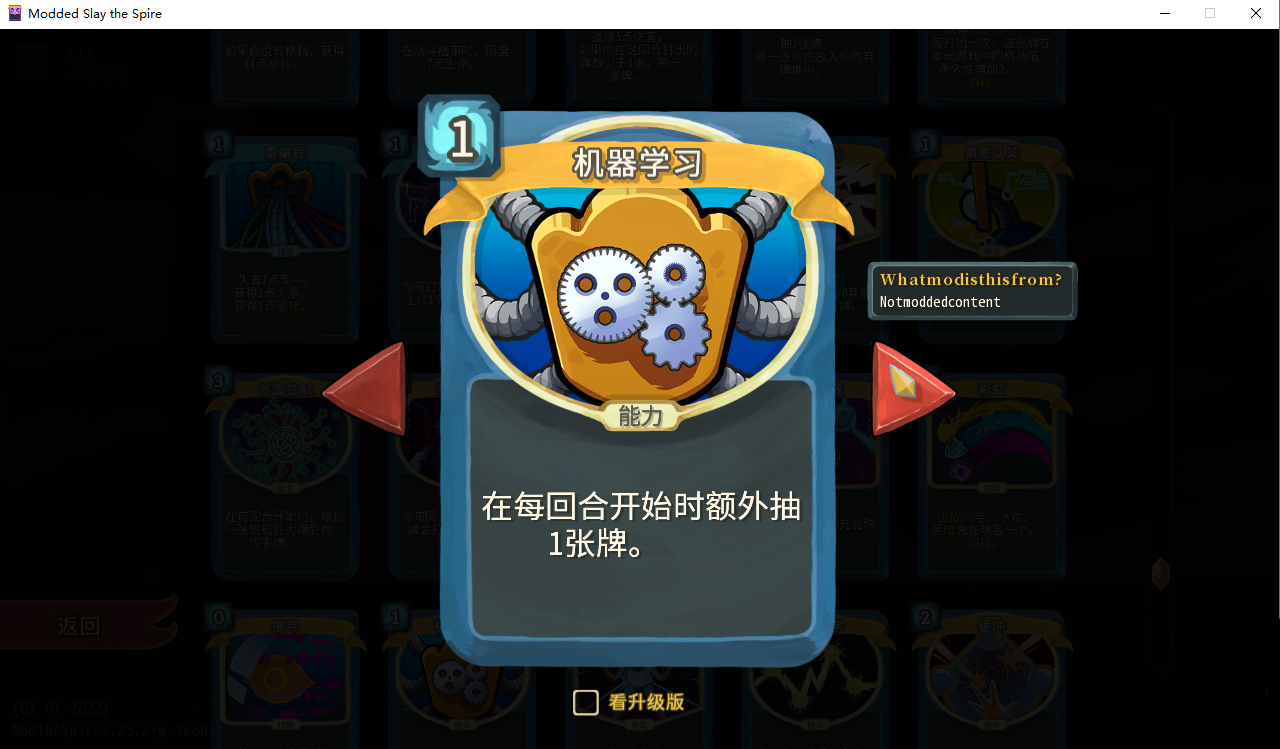一.概念与结构
1.概念
只允许在⼀端进行插⼊数据操作,在另⼀端进行删除数据操作的特殊线性表,队列具有先进先出FIFO(First In First Out)
入队列:进⾏插⼊操作的⼀端称为队尾
出队列:进⾏删除操作的⼀端称为队头
注意:与上文讲到的栈对比,栈是先进后出,队列是先进先出。
2.结构
队列也可以数组和链表的结构实现,使⽤链表的结构实现更优⼀些,因为如果使⽤数组的结构,出队列在数组头上出数据,效率会⽐较低。
数组头删时间复杂度:O(N) ** 数组尾插时间复杂度:O(1)
单链表头删时间复杂度:O(1) 单链表尾插时间复杂度:O(N)
因此下午队列的实现中,我们采用链表的结构来进行。
二.队列的实现
queue.h
完整头文件如下。
#pragma once
#include <stdio.h>
#include <stdlib.h>
#include <assert.h>
#include <stdbool.h>
typedef int QDataType;
typedef struct QueueNode//队列节点的结构,即单链表节点的结构
{QDataType data;struct QueueNode* next;
}QNode;
typedef struct Queue//队列的结构,定义指向队列头尾的指针,以及队列节点的个数
{QNode* phead;QNode* ptail;QDataType size;
}Q;void QueueInit(Q*);//入队列,队尾
void QueuePush(Q*, QDataType);//出队列,队头
void QueuePop(Q*);//队列判空
bool QueueEmpty(Q*);//取队头数据
QDataType QueueFront(Q*);//取队尾数据
QDataType QueueBack(Q*);//队列有效元素个数
int QueueSize(Q*);void QueueDestroy(Q*);分析:
1.此处我们定义了两个结构体,一个是队列的基本结构QNode,一个是用来表示队列的队头,队尾和元素个数的Q。
2.Q存在的意义主要是为了便于后续表示队列的队头,队尾时可以简化二级指针的个数,且更加清晰。
test.c
相关测试代码如下。
#define _CRT_SECURE_NO_WARNINGS 1
#include "Queue.h"
void QueueTest01()
{Q q;//定义队列QueueInit(&q);QueuePush(&q, 1);QueuePush(&q, 2);QueuePush(&q, 3);QueuePush(&q, 4);///printf("head:%d\n", QueueFront(&q));printf("tail:%d\n", QueueBack(&q));printf("size:%d\n", QueueSize(&q));QueuePop(&q);QueueDestroy(&q);
}int main()
{QueueTest01();return 0;
}
队列的初始化
#define _CRT_SECURE_NO_WARNINGS 1
#include "Queue.h"
void QueueInit(Q* pq)
{assert(pq);pq->phead = pq->ptail = NULL;pq->size = 0;
}
分析:
1.需注意,我们此处传入的是指针Q*而非QNode*。
2.其余置空断言操作如常。
队列的销毁
void QueueDestroy(Q* pq)
{assert(pq);assert(!QueueEmpty(pq));QNode* pcur = pq->phead;while (pcur){QNode* next = pcur->next;free(pcur);pcur = next;}pq->phead = pq->ptail = NULL;pq->size = 0;
}
分析:
1.由于每个节点与之前的链表类似,都是动态开辟的,因此我们通过Q*找到队列头phead,之后逐个释放节点即可。
2.依次释放之后置空并将元素个数置为0即可。
节点的创建
首先创建一个专门用来生产节点的函数,避免后续插入时代码的冗余。
QNode* BuyNode(QDataType x)
{QNode* newnode = (QNode*)malloc(sizeof(QNode));if (newnode == NULL){perror("malloc fail!");exit(1);}newnode->data = x;newnode->next = NULL;return newnode;
}
注意:在创建节点后记得把size++。
队尾插入数据——入队列
void QueuePush(Q* pq, QDataType x)
{assert(pq);if (pq->phead == NULL)pq->phead = pq->ptail = BuyNode(x);else{pq->ptail->next = BuyNode(x);pq->ptail = pq->ptail->next;}pq->size++;
}
分析:与链表的尾插原理基本相同。
队列判空
在进入删除之前,首先需要判断队列数据个数是否为空。
bool QueueEmpty(Q* pq)
{assert(pq);return pq->phead == NULL && pq->ptail == NULL;
}
此处通过使用size个数是否为0进行判空也可。
队头删除数据——出队列
void QueuePop(Q* pq)
{assert(pq);assert(!QueueEmpty(pq));//只有一个节点的情况,避免ptail变成野指针if (pq->ptail == pq->phead){free(pq->phead);pq->phead = pq->ptail = NULL;}else{QNode* next = pq->phead->next;free(pq->phead);pq->phead = next;}pq->size--;
}
分析:
1.首先判断队列数据是否为空。
2.之后考虑两种情况,如果队列只有一个节点,那么直接删除之后需要将队头和队尾都置为空。
3,如果队列不止存在一个节点,同链表的删除原理类似。
返回队头数据
QDataType QueueFront(Q* pq)
{assert(pq);assert(!QueueEmpty(pq));return pq->phead->data;
}返回队尾数据
QDataType QueueBack(Q* pq)
{assert(pq);assert(!QueueEmpty(pq));return pq->ptail->data;
}
输出队列数据个数
int QueueSize(Q* pq)
{assert(pq);//不规范且时间复杂度O(n)//int size = 0;//QNode* pcur = pq->phead;//while (pcur)//{// size++;// pcur = pcur->next;//}//return size;return pq->size;}
分析:
1.如果我们不在最初引入变量size记录数据个数,由于队列是链表结构无法直接通过下标访问元素个数,需要逐个遍历记录,时间复杂度为O(n)。
2.直接返回size的话就可以减少时间消耗。
三.完整代码
#define _CRT_SECURE_NO_WARNINGS 1
#include "Queue.h"
void QueueInit(Q* pq)
{assert(pq);pq->phead = pq->ptail = NULL;pq->size = 0;
}QNode* BuyNode(QDataType x)
{QNode* newnode = (QNode*)malloc(sizeof(QNode));if (newnode == NULL){perror("malloc fail!");exit(1);}newnode->data = x;newnode->next = NULL;return newnode;
}void QueuePush(Q* pq, QDataType x)
{assert(pq);if (pq->phead == NULL)pq->phead = pq->ptail = BuyNode(x);else{pq->ptail->next = BuyNode(x);pq->ptail = pq->ptail->next;}pq->size++;
}bool QueueEmpty(Q* pq)
{assert(pq);return pq->phead == NULL && pq->ptail == NULL;
}
void QueuePop(Q* pq)
{assert(pq);assert(!QueueEmpty(pq));//只有一个节点的情况,避免ptail变成野指针if (pq->ptail == pq->phead){free(pq->phead);pq->phead = pq->ptail = NULL;}else{QNode* next = pq->phead->next;free(pq->phead);pq->phead = next;}pq->size--;
}QDataType QueueFront(Q* pq)
{assert(pq);assert(!QueueEmpty(pq));return pq->phead->data;
}QDataType QueueBack(Q* pq)
{assert(pq);assert(!QueueEmpty(pq));return pq->ptail->data;
}int QueueSize(Q* pq)
{assert(pq);//不规范且时间复杂度O(n)//int size = 0;//QNode* pcur = pq->phead;//while (pcur)//{// size++;// pcur = pcur->next;//}//return size;return pq->size;}void QueueDestroy(Q* pq)
{assert(pq);assert(!QueueEmpty(pq));QNode* pcur = pq->phead;while (pcur){QNode* next = pcur->next;free(pcur);pcur = next;}pq->phead = pq->ptail = NULL;pq->size = 0;
}
以上就是关于队列的概念,结构和用链表方式实现队列的讲解,欢迎各位大佬前来支持斧正!!!




















![HTB:Preignition[WriteUP]](https://i-blog.csdnimg.cn/direct/6357ed15442d40768d1263a089b7a149.png)